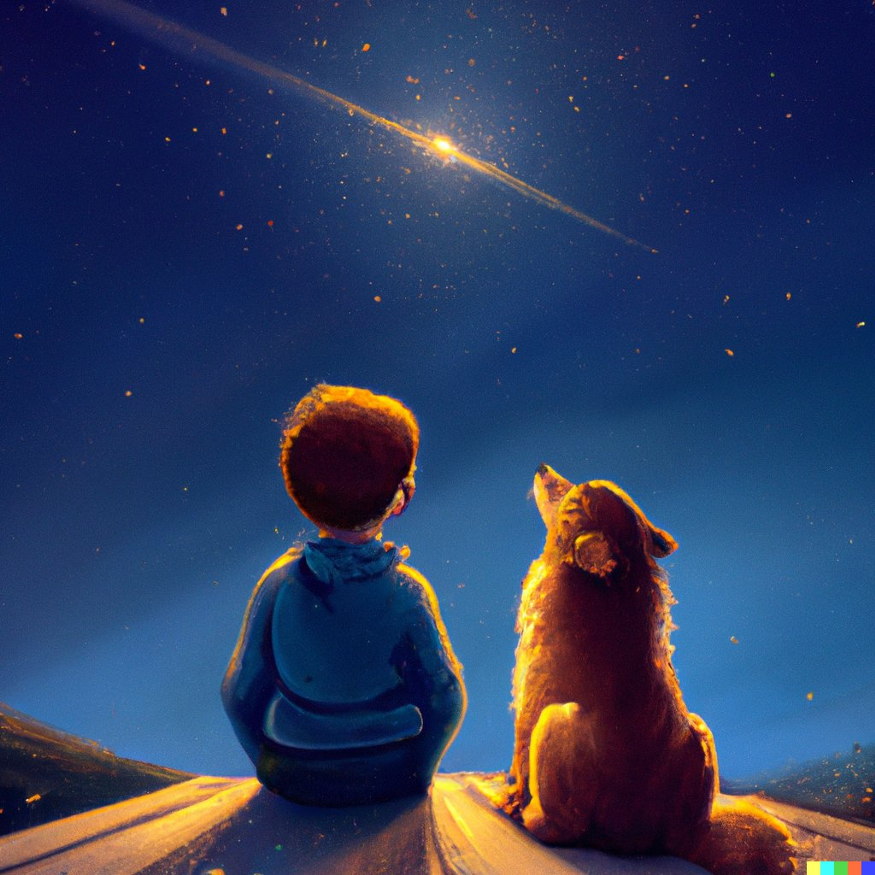Table of Contents
- Recently, AI has definitively outperformed human artists in almost every way. Here’s why human art and design is crumbling.
- Leave human artists behind
- Order of magnitude
- Technical quality
- All of the future
- Human meaning
Recently, AI has definitively outperformed human artists in almost every way. Here’s why human art and design is crumbling.
On March 6, 2022, OpenAI announced DALL-E 2 , “a new AI system that can create realistic images and art from natural language descriptions.”
This new AI system isn’t just on par with human artists. In almost every sense, they are decidedly superior to humans. I do not write this lightly.
The model has access to hundreds of thousands of different art styles, a keen sense of context, and can create stunning work in 15 seconds or less that would take humans days or weeks .
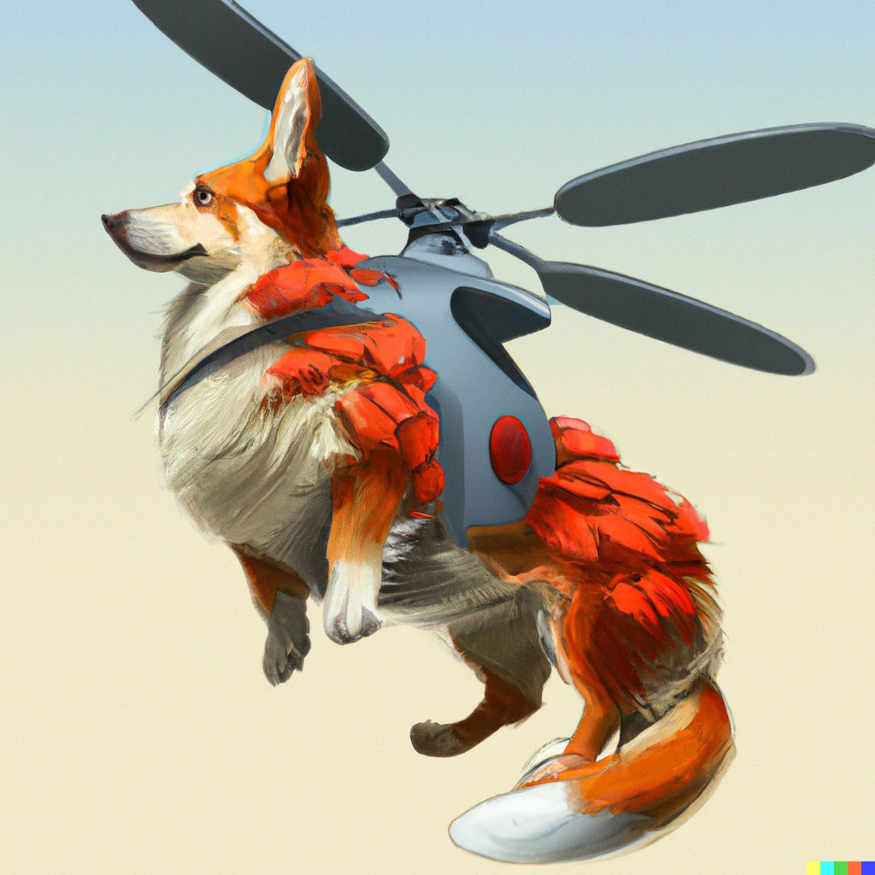
Leave human artists behind
The above is by no means an exaggeration. I am not exaggerating. Those of us who work in the art and design industry are feeling a lot of pressure .
The arrival of the DALL-E 2 should be a wake-up call for most artists today to start looking for new jobs. If you’re doing art commissions, business design, illustration, or even animation, your value in the marketplace will plummet.
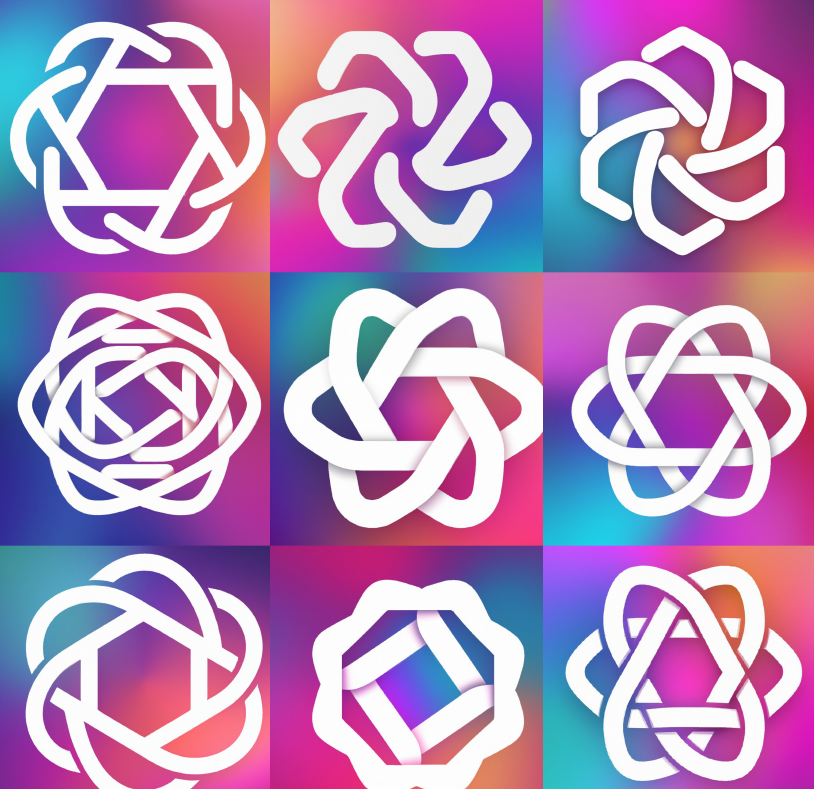
There won’t be a “big moment” because automation (of art production) won’t wipe out humans all at once. Automation progresses slowly and with various factors. Over the next few years, we will face steadily lower wages, higher output expectations and worsening working conditions. The same thing happened to factory workers during the Industrial Revolution and to workers in all industries that have been automated since the Industrial Revolution.
Episodes on labor automation in different eras
|
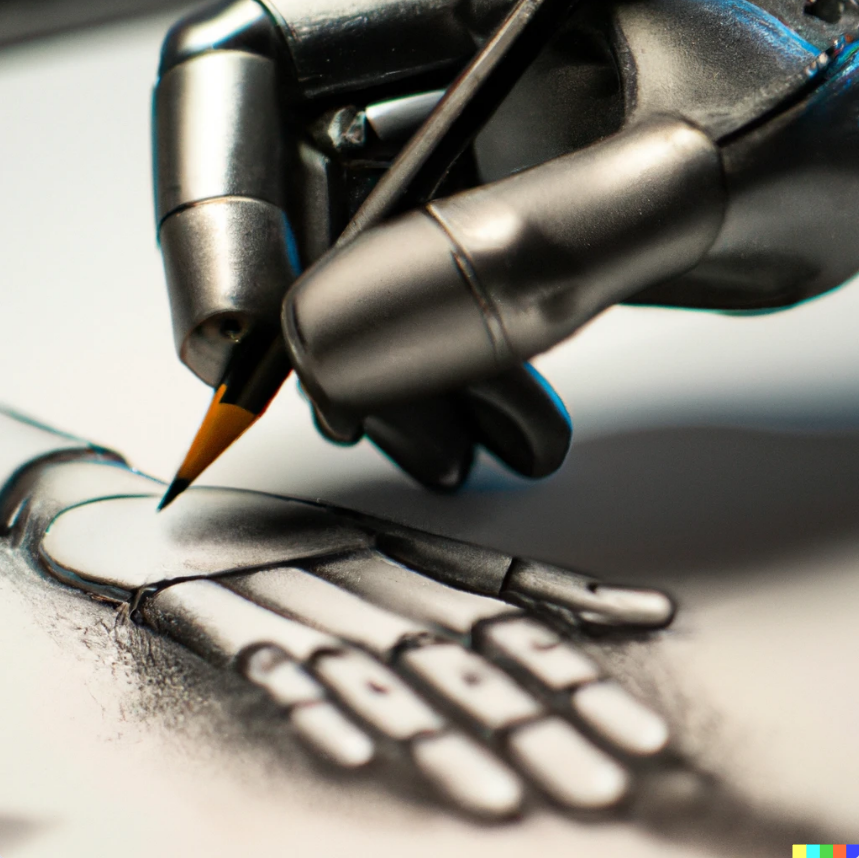
Images about digital art with robotic hand painting
But the end result is the same no matter what art school you belong to. If you don’t prepare something new to generate income, artificial intelligence will force you to make that decision (for better or worse). Certainly, our economic system will not change anytime soon. The change is to the extent that the artist cannot perceive the change, and it is not immediate.
Order of magnitude
Advances in artificial intelligence are not linear. Five years ago, AI was having trouble drawing on 64×64 line art. AI is now capable of producing art and design qualities that 99% of humans cannot achieve in their lifetime.
You should understand the following. The difference between progress one year ago and one year later should not be considered as two years of scientific growth. Rather ten years. When predicting the future, you should include a large exponential factor, just as you would when dealing with compound interest calculations.
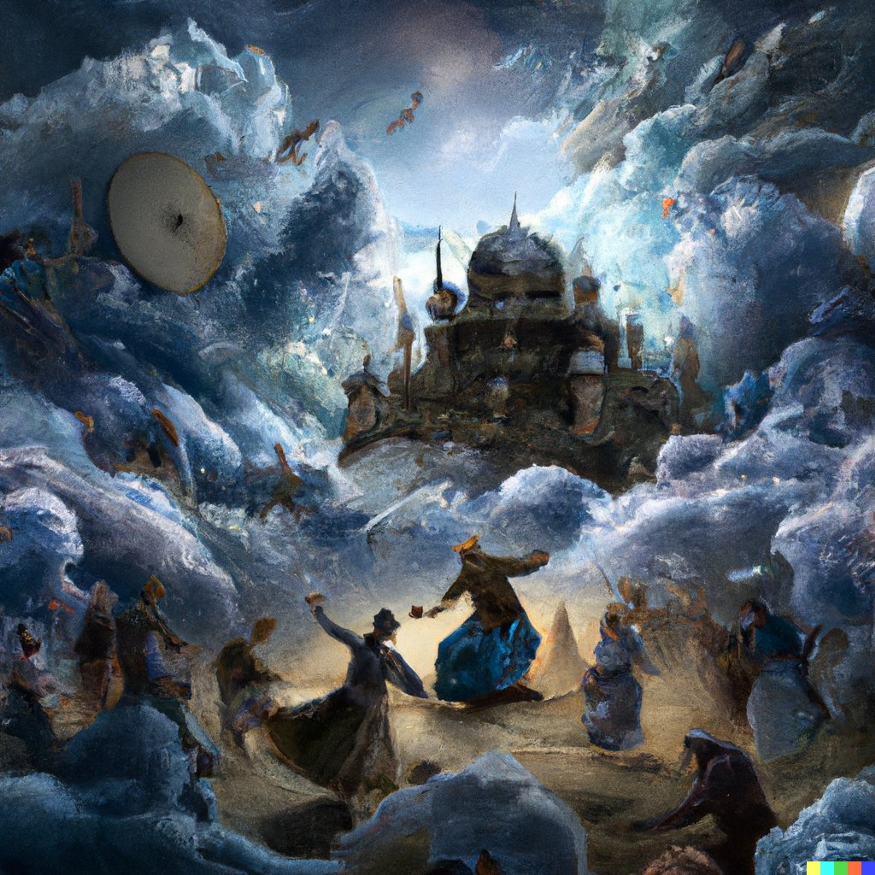
But this exponential factor means a higher interest rate on technology growth overall, not on assets. And better technology growth leads to faster asset interest, a double compounding effect if we’re talking about pure monetary value.
Then, what will be brought about as a result of technological progress related to art? There will be no place for human artists except in the ‘artisan’ market, where they are treated the same as today’s antiques.
Technical quality
Compared to its predecessor, DALL-E 2 understands lighting, composition, shading, form and stylistic expression. Any style imaginable is possible, and different styles can be combined in unique and attractive ways. Photorealism is tantamount to child’s play in this model.
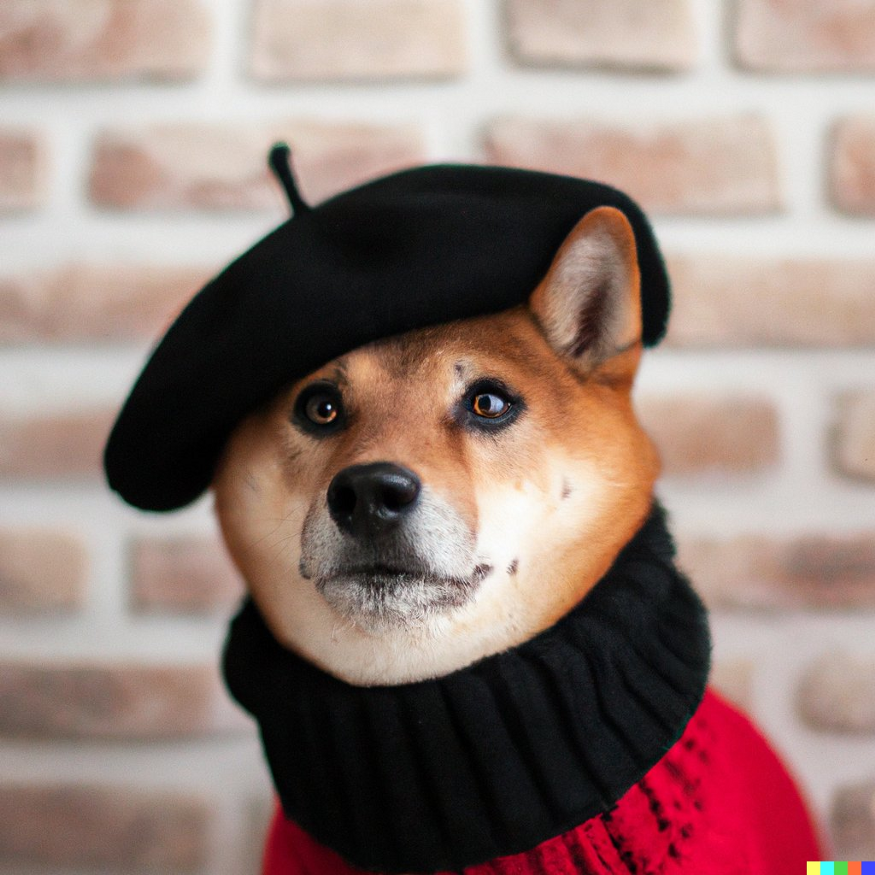
If creators so wish, the DALL-E 2 could create a near-infinite variety of human faces and shapes in almost any configuration. But OpenAI explicitly removed human faces from its training set to minimize the use of DALL-E as in the information warfare that is taking place in today’s Russia-Ukrainian conflict. . Rather, this must be an indicator of the power of DALL-E 2.
On February 28, NBC, a major American media outlet, reported that Facebook and Twitter had deleted accounts that disseminated anti-Ukrainian information . Ben Collins, who wrote the article for NBC, tweeted that the user of this account was Vladimir Bondarenko, a blogger from Kiev, whose facial image is believed to have been fabricated by GAN .
All of the future
Art is not the only field facing a major turning point in the future. All knowledge-intensive industries are already feeling the pressure of a major shift, or will soon. Counterintuitively, the evolution of AI shows that programming, writing, media, and design are the first industries to be completely replaced by humans.
Prediction: AI will depreciate jobs much faster for jobs that can be done in front of a computer than for jobs that happen in the physical world.
This would have a strange effect, contrary to what most people (myself included) expected.
For alternatives to writing and programming by AI, see the following AINOW translation article.
“ 5 Reasons AI Threatens Writers ”
“ Will AI Replace Programmers? “
I asked AI to write ridiculous fake news “
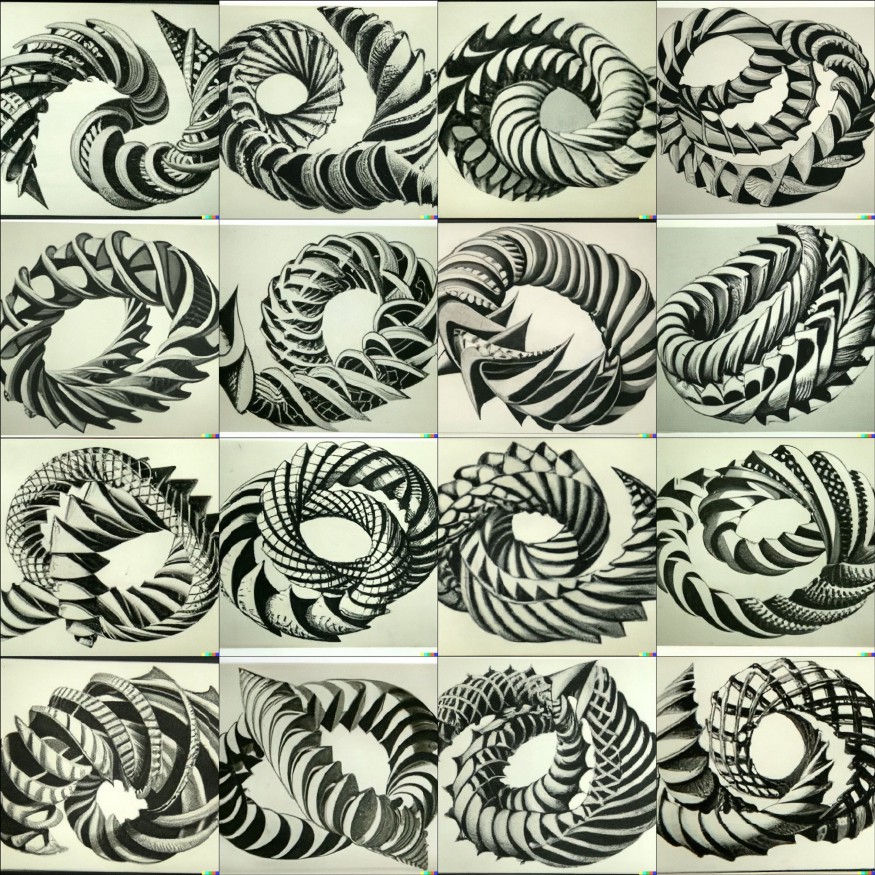
Robotics in general lags far behind knowledge-based AI model development. Training an artificial intelligence with a collection of human programming projects is much easier than having a robot fix a doorknob . While the code is single-modality text that can be downloaded and sorted (simple), fixing a doorknob requires working with locations, physics, the passage of time, etc. (complex).
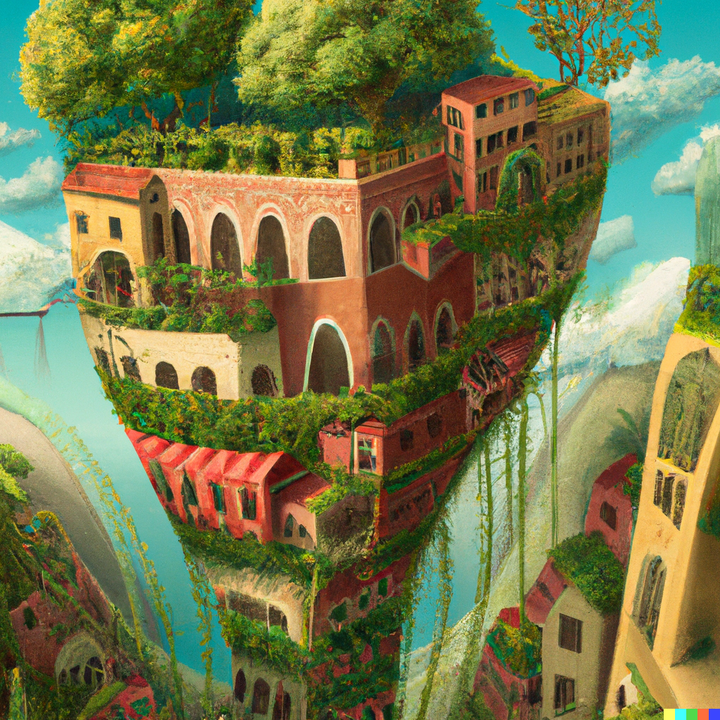
Human meaning
How will we find meaning in a world where artificial intelligence can do everything better than us? In particular , when AI surpasses humans in areas traditionally considered to be the domain of humans, such as creativity, art, and storytelling, will we be able to find the meaning left behind by humans?
In a future where human economic productivity is dwarfed by AI, where will our jobs fit? Is there still an economy in the sense it is currently perceived ?
Whether now or in the years to come, we will all need to try to answer questions like the above. Art is a microcosm of such questions, and I hope that society will realize the value of writing on walls (*5).

